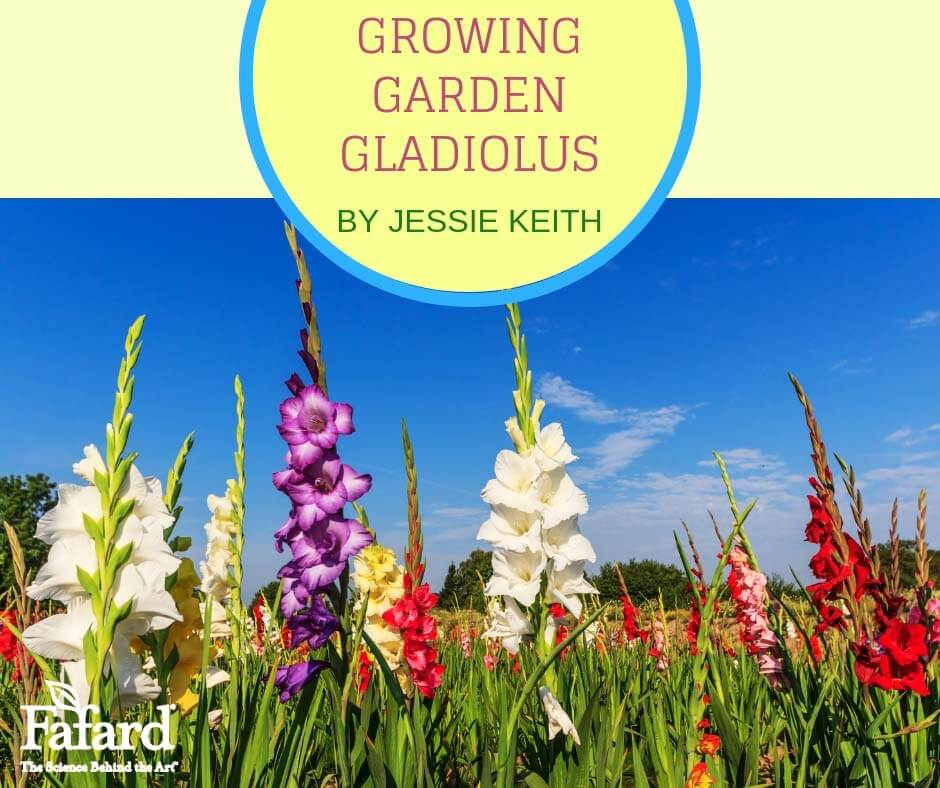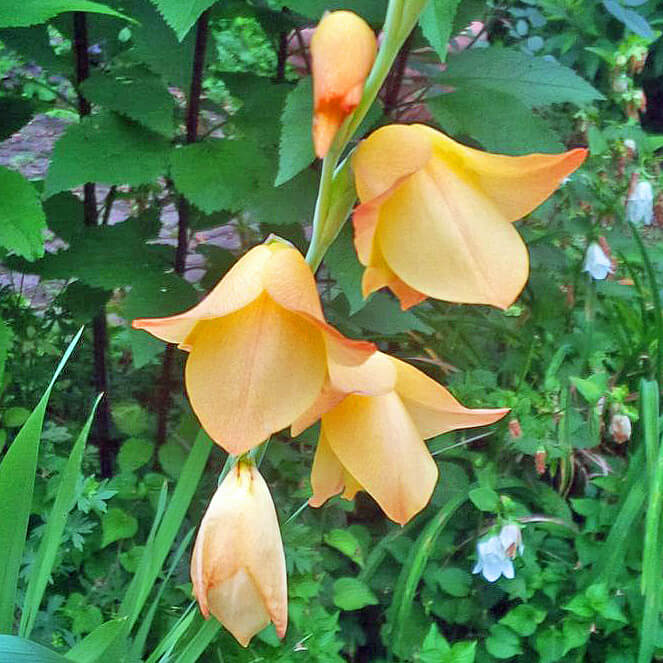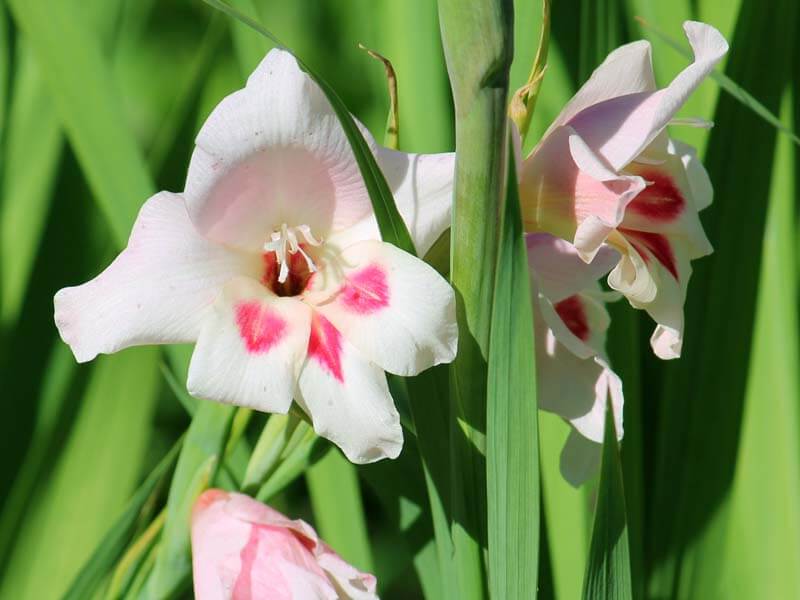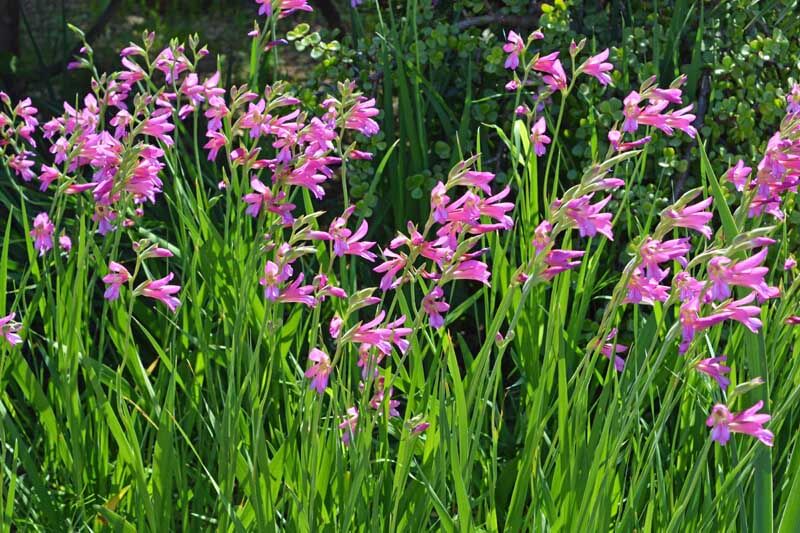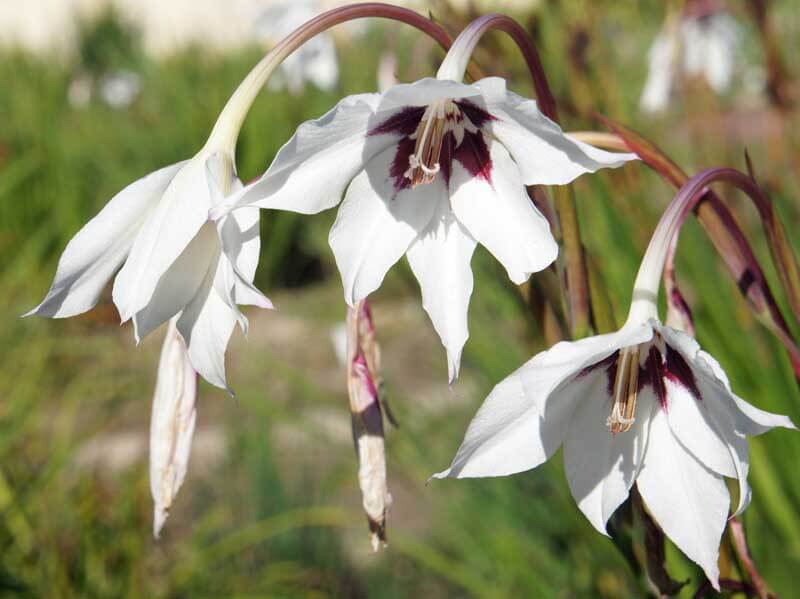
People who believe there is nothing new under the sun have never looked at spring garden catalogs. Every year plant retailers bombard gardeners with pages of the new and different—or at least the slightly new and the somewhat improved. 2017 is no exception.

Familiar themes abound—color is king, with variegated or uniquely colored foliage augmenting floral displays. Rebloom leads the roster of “most desirable traits” for both perennials and annuals. Old standbys have shrunk into compact sizes that are perfect for containers and smaller garden spaces. Stalwarts, like cosmos and sunflowers, appear in new blossom shapes and colors, allowing plant lovers to set off a few garden fireworks without burning down the establishment.
New Flower Forms

Fleuroselect, the international organization for the ornamental plant industry, dubbed 2016-2017 “The Year of the Cosmos”. Several of these come in brazen new forms. Of these, the double white Cosmos bipinnatus ‘Mini Click White’ won the coveted Fleuroselect Novelty award for 2017. Even more striking is Cosmos bipinnatus ‘Cupcakes’, which has cupped petals that resemble cupcake papers of white and pale pink. The seed-grown ‘Cupcakes’ have variable flowers that sometimes have an extra row of smaller inner petals. Another unique Cosmos for the market is the Fleuroselect Gold Medal winner ‘Xanthos’, which not only has uniquely colored pale-yellow flowers but a compact habit and good performance.
The familiar perennial coneflower takes on a new floral appearance with the domed, fully double Echinacea PUFF™ Vanilla, an ivory-flowered hybrid new for 2017 that blooms throughout summer with double anemone-type blooms. The Terra Nova Nurseries introduction also boasts a compact habit.
New Compact Flowers

Agastache, or hummingbird mint, has proved to be a favorite perennial for attracting hummingbirds to its colorful, reblooming flowers. Many good varieties have appeared on the market, but diminutive cultivars in the Acapulco Deluxe® series stand out, with the brightest being Acapulco Deluxe® Rose. It offers vibrant flowers of deepest rose (orange in bud) on fragrant, compact, container-friendly plants reaching 12 inches tall and wide. The plants are also heat and drought tolerant!
Another tough perennial now available in a more manageable size is Blue Jean Baby Russian sage (Perovskia atricplicifolia ‘Blue Jean Baby’) features gray-green, aromatic, deer-resistant foliage and relatively short stature (2 feet), which can be further controlled by cutting plants back after they bloom.

This year introduces a true reblooming fragrant Dianthus for 2017, Dianthus Interspecific Supra Pink F1! The compact bloomer reaches 10-12 inches and blooms nonstop from spring to fall, no deadheading required. Its outstanding performance awarded it a coveted AAS award for 2017!
If you decide to grow any of the new, compact annual or perennial varieties in containers, start them off right by filling those pots, window boxes and troughs with quality potting mixes, like Fafard® Ultra Potting Mix with Extended Feed or moisture retentive Fafard® Ultra Container Mix with Extended Feed.
New Flower Colors
Plant breeders continue to love bi-colored flowers and peach shades. A perfect example is Tagetes ‘Strawberry Blonde’, a marigold with the familiar pompom shape and petals blushed salmon pink, with golden overtones. Like all marigolds, it reblooms throughout the growing season and works equally well in containers and garden spaces of all sizes. Another peachy bloomer is Viola ‘Mariposa Peach Shades’, an annual pansy adorned with ruffled flowers in the yellow/orange range. It provides early and late season color that is welcome in climates with cool springs and falls.

The past ten years have seen a stampede of new perennial coneflower introductions. This year, with peach tones in the ascendant, one of the best is the Plants Nouveau introduction, Echinacea Butterfly™ Rainbow Marcella. Its colorful single flowers have brown cones surrounded by pinkish-peach petals.
Zinnias have exploded in both popularity and petal count. One of the most unusual of the new zinnias are those on the Queen Lime Series. The Johnny’s Selected Seeds exclusive Zinnia ‘Queen Lime with Blush’, sports pale pink and lime green petals and a central blotch of maroon. Like all tall zinnias, it is easy to grow and reaches 30 to 40 inches tall.

The Rose-like lisianthus usually comes in shades of violet-purple and white but the unusual Eustoma grandiflorum ‘Roseanne Deep Brown’ is a remarkable rich purple-brown. The complex color complements the sun-loving plants that reach 32 inches in height and have great stems for cutting.
Breeders have had a field day with perennial coreopsis or tickseed in recent years, creating versions of this low-growing perennial that boast larger flowers, more repeat blooms, and a wider color range. The traditional yellow has been augmented by eye-catching pinks, reds, and bi-colors. The new Uptick™ Series by Darwin Perennials features three varieties. ‘Cream’, ‘Yellow and Red’, and ‘Gold and Bronze’. The last two bear yellow or gold petals with darker red or bronze eye zones. Shearing after bloom speeds the rebloom cycle for all varieties.
Annual sunflowers play their own parts in the joyful bi-colored act. Among them, Helianthus annuus ‘Florenza’ stands out, with pale to medium yellow petal tips giving way to rings or eye zones of dark red that surround the black flower centers. The stems are short, topping out at about 32 inches tall and the flowers refuse to droop.

The unusually bushy feather Celosia ‘Asian Garden’ is another fabulous performer with impressive color that is listed as a 2017 AAS winner. Bred by the Japanese breeding company Murakami Seed, it produces endless plumes of purple-red above purple-leaved plants all summer long, even in the worst heat. Perfect for cutting gardens, it is also drought tolerant.
New Shade Flowers

Shade gardeners sometimes feel slighted because so many flowering plants love the sun. This year there is a reason to rejoice, as revitalized versions of reliable shade plants strut their stuff in new colors, shapes, and sizes. Ajuga or bugleweed, a perennial favorite groundcover, loves the shade, doesn’t mind being stepped on and spreads effectively to cover hard-to-cultivate areas. Breeders have taken ajuga and turned its traditional blue flowers into Ajuga ‘Pink Lightning’, a Sunny Border Nurseries introduction. Variegated leaves steal the show even after flowers have faded.
Bleeding heart, or Dicentra, is another spring shade lover, with pendulous heart-shaped flowers and deeply dissected leaves. Newcomer Dicentra ‘Amore Pink’ has blue-green foliage and large pink “hearts”. It is also compact–nine inches in height and only 12 inches tall.
And in the new flower celebration, gardeners should never forget hellebores, which have been all the rage for at least a decade. ‘Dark and Handsome’, a Helleborus orientalis hybrid from the Wedding Party™ Series, offers both unusual color—near black—and numerous large, semi-double flowers. With consistent moisture and a shady site, these dark-cloaked newcomers will establish themselves as stars of the spring garden party.






















